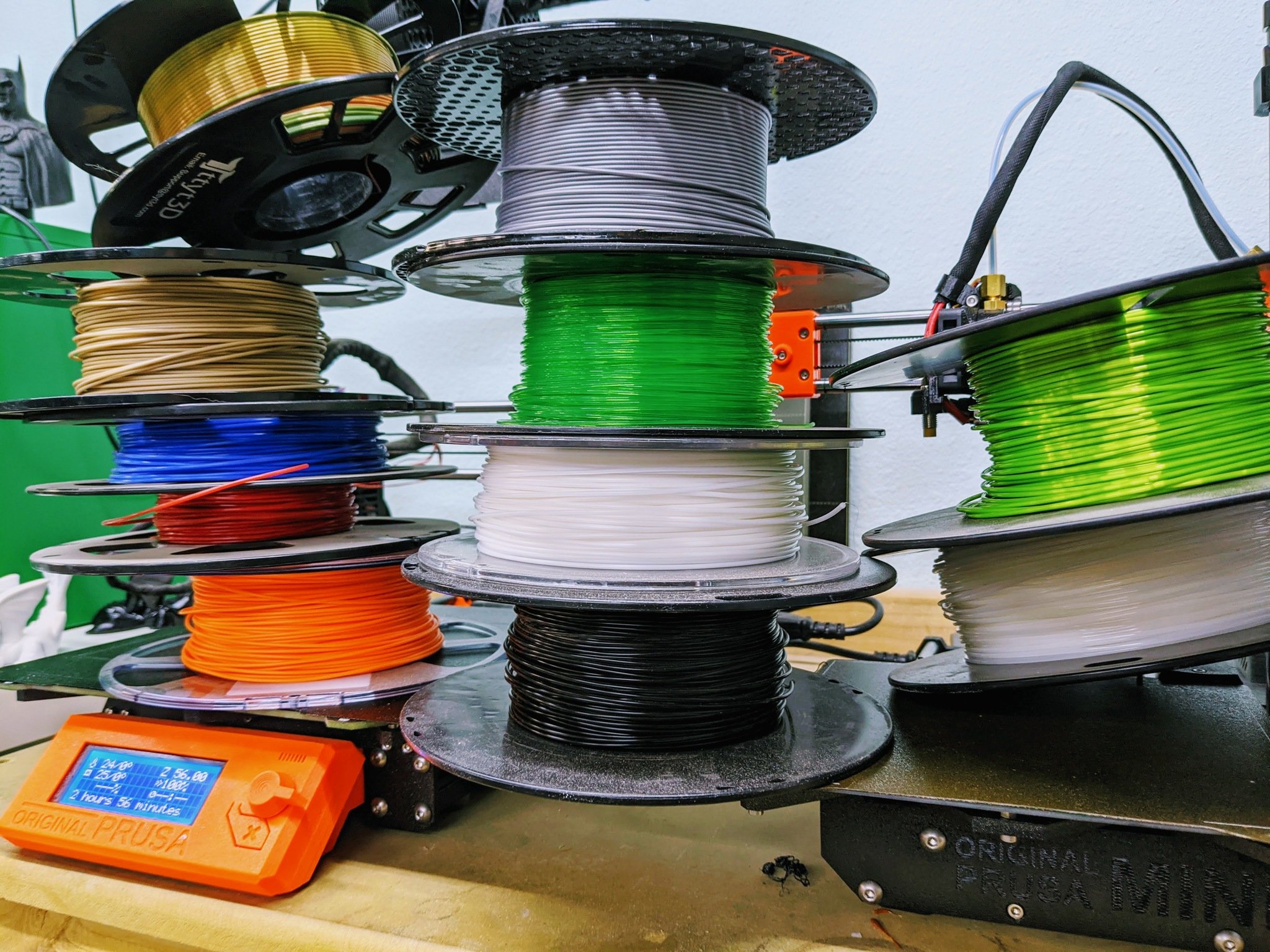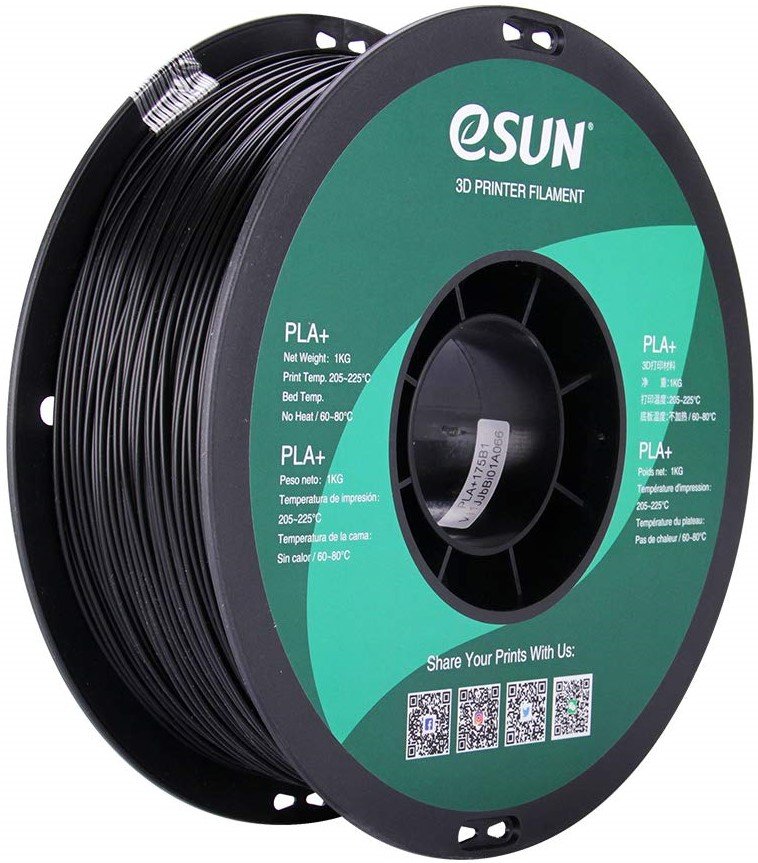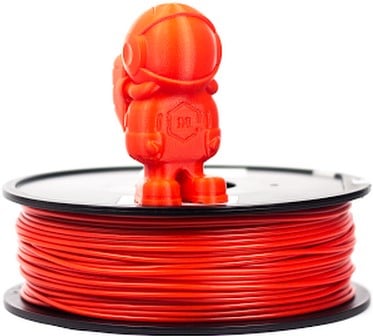What is the best filament for learning to 3D print?

What is the best filament for learning to 3D print?
Why PLA?
The reason PLA is so widely used in 3D printing is because of how easy it is to print. PLA has a wide temperature range — between 190c and 230c 3D printing is almost entirely metric, sorry Imperial fans — so even if your 3D printer doesn't have the most accurate reporting, it is highly unlikely that you will be unable to print with it. Some 3D printers like the Pulse XE from Matterhackers can print with a huge variety of exotic filaments, but most people new to printing will want to start with PLA before moving on to more challenging types. One of PLA's other benefits is its much lower tendency to warp or lift from the bed. Small PLA prints can be printed without a heated bed if you wanted to, although printing with a heated bed makes the experience much easier, and because it doesn't need one, a heated bed of just 50-65c is plenty.
So it is easier to print, and it's less likely to warp, but the other reason PLA is the best material for beginners is the cost. You can buy PLA routinely for under $20 per kilogram (2.2lbs), but we would recommend at first buying slightly more expensive filament from a trusted brand in the community. This will, of course, cost more, but with more expensive filament, you are often getting better dimensional accuracy — how close is it to the 1.75mm you purchased — and fewer impurities. These two big things can cause prints to fail and are incredibly hard to diagnose, even when you know what you're doing.
Some great PLA choices
On a chemical level, all PLAs are very similar; they're cornstarch-based plastic, but I chose these three brands because they are consistent, reliable, and are well known in the community; you can always find someone who has bought one of these rolls. They'll be able to help you tune your profile.

Dependable excellence
Prusament by Josef Prusa — maker of the Prusa Mk3 — is a filament made in-house by the Czech master maker. What makes Prusament special is that each spool has a unique QR code that you can scan, and Prusa will show you your spools dimensional accuracy. It's well worth the money.

Modified for convenience
eSun's PLA Pro is a modified PLA that has a few different properties, the main ones being that they are easier to drill or tap holes into. Still, the biggest one is that it is overall less stiff than pure PLA. This sounds bad, but modifying it for some more give means it'll bend and not snap or shatter.

So many colors
MatterHackers' Build series is great because it only tries to do one thing; get the reliable filament out to people at a reasonable price. Build Series PLA starts at $20 for 1KG of standard any color PLA, this is an excellent idea because sometimes you can't afford Prusament but still need something dependable, and inside the USA, MH Build series PLA is that.
All the latest news, reviews, and guides for Windows and Xbox diehards.

Domenico is a Former Contributor for Windows Central, covering 3D printers and their essential accessories.
